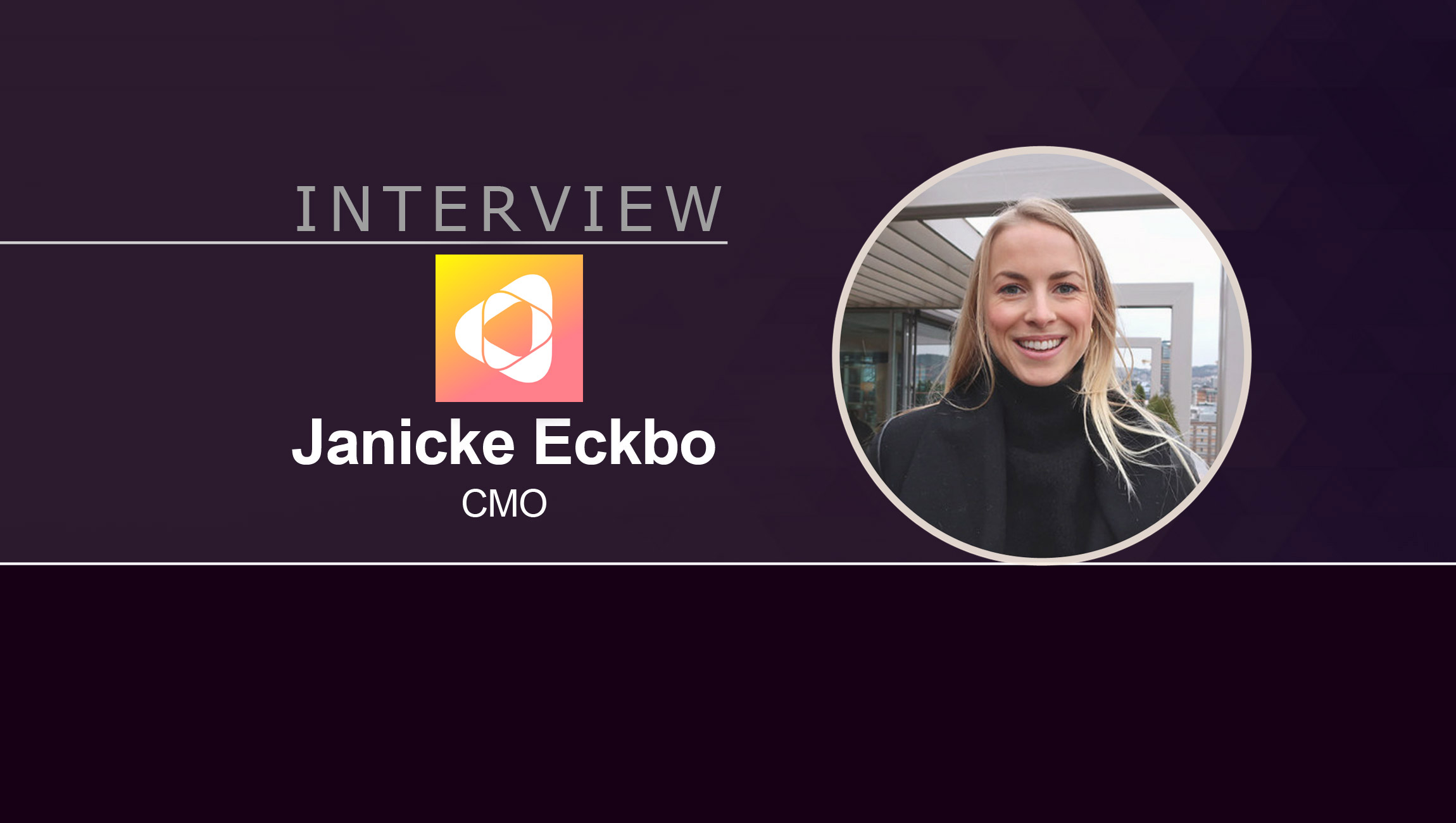In the blink of an eye the strategies to drive awareness for a business that serves another business (b2B) changed. While the industry has been slow to try new marketing strategies, COVID drove things over the edge. Now is the time that B2B marketers need to start changing with the times or risk losing out on the next generation of customers.
As someone who runs digital marketing for a billion-dollar division, I have seen the market change and start to respond in real-time. It’s as if ten years of changes were condensed down to one.
Marketing Technology News: MarTech Interview with Sean Creeley, CEO and Founder at Podsights
While there are a lot of tactics you can deploy to gain new market share, I wanted to share six.
-
Create a digital marketing plan.
This is the most important step to take. It’s not enough just to have a strategy, you need one that will work for your company and be sustainable over time as well! This means it needs an overarching goal with specific tactics in place on
how they are going to achieve those goals (i..e social media posts). You also want this plan built around what channels make sense given your customers. Are they interested in whitepapers? Videos? Social media content? Prepare a simple strategy so you have a solid foundation versus a shotgun approach.
-
Develop and implement an SEO strategy.
SEO stands for search engine optimization. This is the process of making sure your website content ranks well in search engine results. Your customers are using Google and other search engines to find relevant information to help them make decisions. Your company needs to be found on the first page of search results or it’s as if you don’t exist.
The best way to get some traction with SEO is to research what people might type into Google when they’re looking up information about your
products/services so the content can better target those queries with more specific language. A word of caution. Don’t think too in the box. One of the mistakes I see marketers making is using technical jargon that is only used internally, but in the real world, their customers are never using those searches.
From there, start to work in the keywords into your website copy, blog posts, and links, and your website will naturally start to rise over a month or two.
-
Use social media to promote your company’s products or services.
The go-to platform in the B2B space is LinkedIn. Focus on this platform to start with before you move to others.
On your company page, it is a great place to share news, updates, and other information about your business with potential customers or clients who are looking for you in this space. You can also share content from third-party sources that will be of interest (or relevance)to people within their network so they can see what’s happening outside as well.
Consider investing in sponsoring some LinkedIn posts to further get your message out to the right audiences. LinkedIn has some of the best targeting capabilities of any social media platform, so you can be sure that your sponsored posts will reach the right people. The best way to make a LinkedIn post successful is by making it valuable and relevant for those who are reading or viewing them – not just about what’s in their own network but also outside sources they may find interesting as well.
-
Send out email content on a regular basis.
In the past, a lot of b2B marketers would send a standard newsletter once a month. This is not enough. You need to be sending out content on a regular basis. The good news is that these emails do not need to long-form messages or full-blown newsletters. You can send out short messages that are a few paragraphs long. The key is to make sure you have something new and interesting in each email, so your readers will not get bored or unsubscribe from
the list because they think it’s just spam mail coming their way every day with nothing of value inside them anymore! You want these emails to be seen as valuable content for those who receive one on an ongoing basis – even if there isn’t anything too exciting happening at your business this week (or month). It doesn’t matter how small-scale what we’re talking about might seem; all good marketing starts off by providing quality information first before trying any other tactic like sales pitches downline later.
5.Leverage the power of video.
The great thing is, these videos do not need to be done in a studio or anything too elaborate. You can use your phone to shoot a video and edit it using a free tool like iMovie. There are also other tools online that allow you to easily add music, b-roll, or other content to make your video look even better.
Rather than overthinking what type of content to shoot, focus on interviewing experts within your organization. This will allow you to have a more authentic conversation and also help your viewers get an inside look at what it’s like at the company. The interviews can be casual and even focused on answering the top questions your customers are being asked.
A pro tip: once you have the videos done get them transcribed. This will allow you to easily share the content on your blog or social media in text form while also having video assets for YouTube and other platforms.
-
Deploy paid traffic.
I wanted to end with my favorite strategy. The best way to grow, and to gain new customers is to buy them. There are a few ways to do this. You can use Facebook ads, Google Adwords or any other paid advertising platform that you want and target people who have similar interests as your company’s customers (or potential customers). The goal is to be able to work this as a math equation.
For example: if you invest $5000 in paid traffic how many leads do you get, and how many turns into customers? Depending on your lead times and sales cycles it may take time to see a return on your investment, but I have seen leads that turn into millions of dollars of business that cost $100 for that lead.
This strategy has been my favorite because there are no limits. If you want more customers and you know your math works (and makes financial sense) keep investing more. Get better at what you are investing, but keep raising the budgets to keep those leads and new customers flowing like water.
Digital for B2B marketers is here to stay. The days of tradeshows being the number one form of new business are long gone. Deploy one (or all six) of the strategies above and you will start to see the fruits of that labor pretty swiftly, making you the go-to marketer and hero within your organization.
Marketing Technology News: MarTech Series Interview with Sarath Sasikumar, Chief Operating Officer at Cleareye.ai











